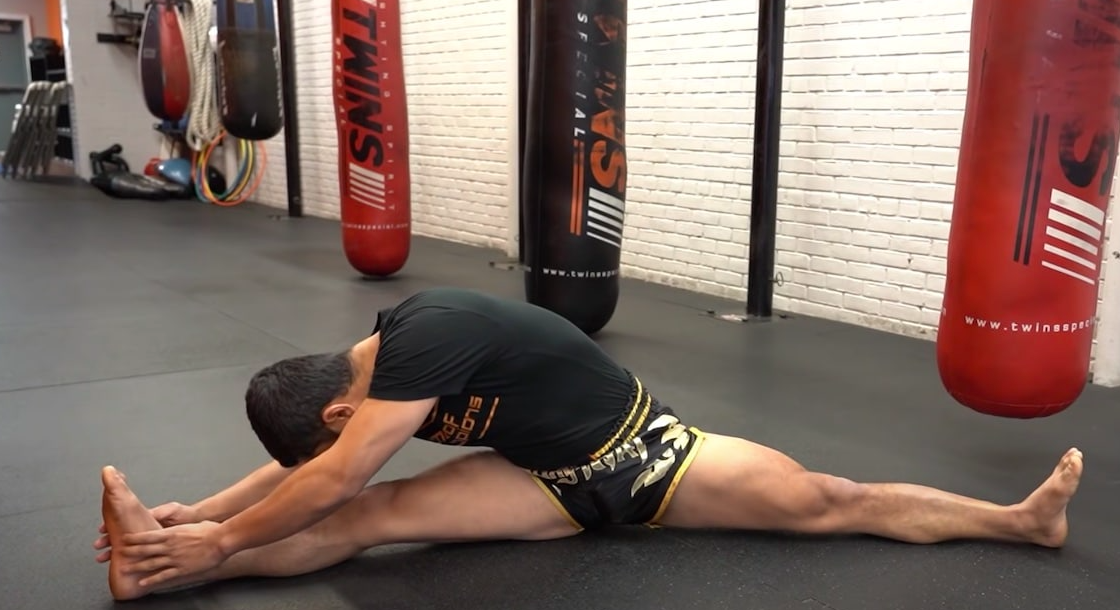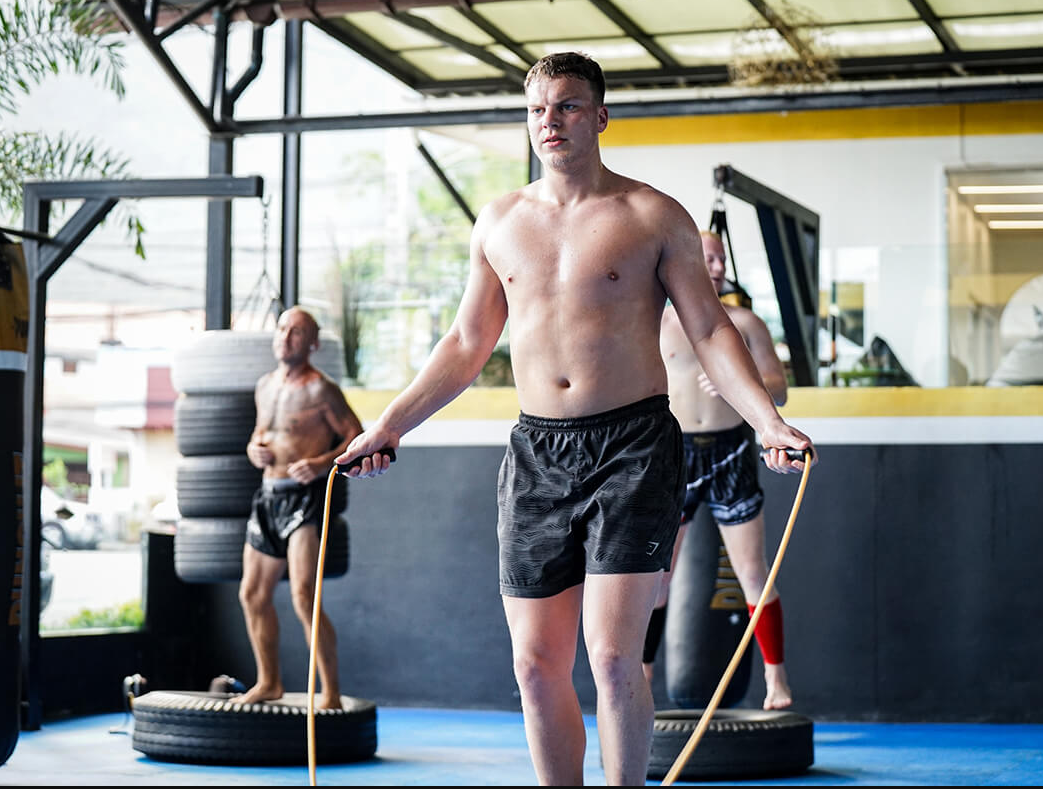Muay Thai Health&Safety
The Importance of Proper Warm-Ups for Muay Thai Training
Introduction
Warm-ups are often underestimated in their importance, especially in the context of high-intensity sports like Muay Thai. Whether you’re a beginner or a seasoned fighter, the way you prepare your body before training can significantly impact your performance and safety. Proper warm-ups enhance flexibility, increase blood flow, and prepare your muscles for the rigorous demands of Muay Thai. Let’s delve into the comprehensive guide on why and how to perform effective warm-ups for Muay Thai training.
Muay Thai Warm-Up Techniques
Dynamic Stretching for Muay Thai
Dynamic stretching involves active movements that help increase blood flow and prepare muscles for activity. Essential dynamic stretches for Muay Thai include leg swings, arm circles, and hip rotations.
Aerobic Exercises for Warm-Ups
Aerobic exercises like jumping rope, jogging, or shadowboxing are excellent for raising your heart rate and loosening your muscles. These activities are crucial to prepare your cardiovascular system for the training ahead.
Joint Mobilization
Focusing on joint mobilization helps in enhancing the range of motion and preventing injuries. Ankle circles, knee lifts, and shoulder rolls are great exercises to include in your warm-up routine.
Benefits of Proper Warm-Ups
Injury Prevention
Proper warm-ups reduce the risk of injuries such as strains and sprains by preparing the muscles and joints for the intense movements in Muay Thai.
Enhanced Performance
A well-executed warm-up can improve your overall performance by increasing your muscle efficiency and reducing muscle stiffness.
Mental Preparation
Warming up also prepares you mentally for the session. It allows you to focus and get into the right mindset for training.
Components of a Comprehensive Warm-Up Routine
General Warm-Up
Start with a general warm-up to increase your body temperature. Activities like light jogging or jumping jacks are perfect for this.
Sport-Specific Warm-Up
Move on to sport-specific exercises that mimic the movements in Muay Thai. Shadowboxing and light pad work are ideal for this phase.
Stretching
Incorporate both dynamic and static stretching to enhance flexibility. Focus on major muscle groups used in Muay Thai such as the calves, quads, hamstrings, and shoulders.
Cool-Down
Don’t forget to cool down post-training to aid in recovery and reduce muscle soreness. Light stretching and deep breathing exercises work well.

FAQs
What should be included in a Muay Thai warm-up routine? A Muay Thai warm-up should include aerobic exercises, dynamic stretches, and sport-specific drills like shadowboxing.
How long should a Muay Thai warm-up last? A good warm-up should last between 15-30 minutes, ensuring all major muscle groups are adequately prepared.
Can warm-ups improve my Muay Thai performance? Yes, proper warm-ups can enhance your performance by improving muscle efficiency and reducing the risk of injury.
Is it necessary to stretch before Muay Thai training? Stretching is crucial as it improves flexibility and prepares your muscles for the intense movements in Muay Thai.
What are the best stretches for Muay Thai? Dynamic stretches like leg swings and arm circles, along with static stretches targeting the legs and shoulders, are highly effective.
Can I skip warm-ups if I’m in a rush? Skipping warm-ups increases the risk of injury and can negatively impact your training performance. It’s essential to always incorporate a proper warm-up.
Conclusion
Warm-ups are a vital component of Muay Thai training. They not only prepare your body physically but also help in mental preparation. Incorporating a structured warm-up routine can significantly enhance your performance and reduce the risk of injuries. Remember, the time you invest in warming up is crucial for your overall success and longevity in Muay Thai.

